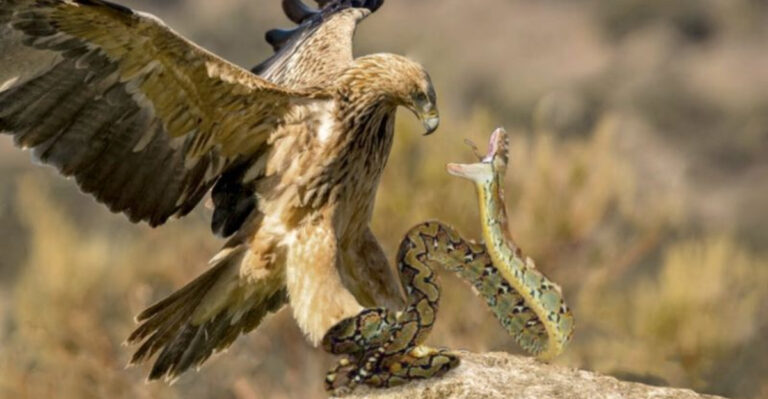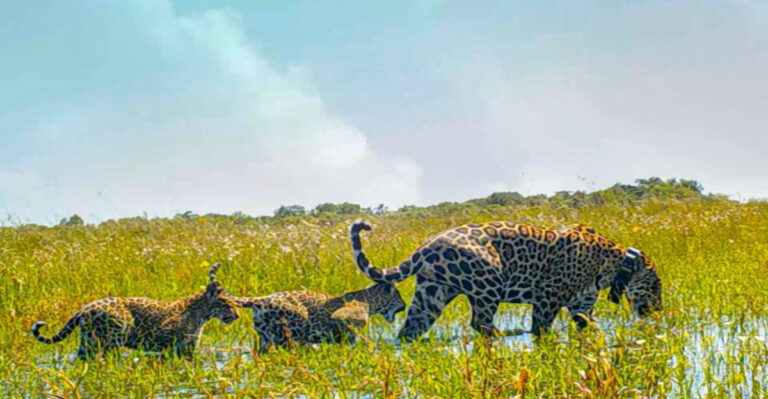15 Of The Most Massive Wolf Species And Subspecies (And Where To Find Them)
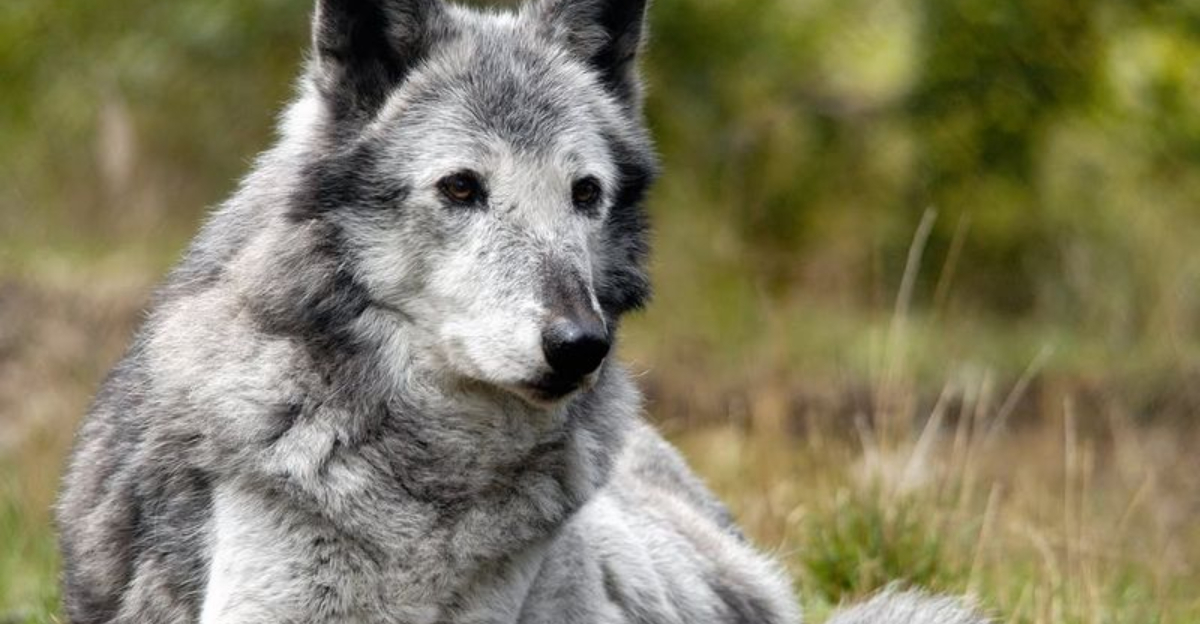
Few animals stir the soul quite like the wolf. With their haunting howls and powerful presence, they’ve become symbols of freedom, strength, and mystery.
Among them, some stand out not just for their wild nature but for their sheer size. These impressive canines are more than just predators – they’re legends on four legs.
1. Maned Wolf
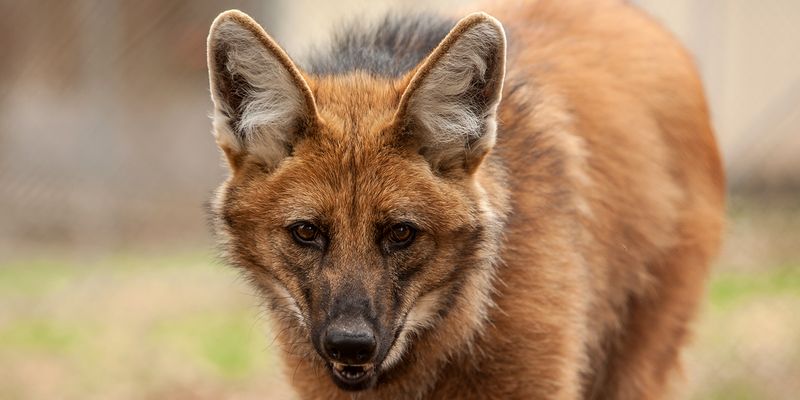
With its long legs and fox-like appearance, the Maned Wolf is a unique sight. Found in the Brazilian savannah, it is the tallest wild canid.
Its reddish coat and distinctive mane set it apart from other wolves, earning it the nickname “fox on stilts.”
Unlike pack-dwelling wolves, it leads a solitary life, roaming vast territories.
The Maned Wolf’s haunting calls echo across the plains, a reminder of the diverse forms life takes. Its distinctive look and solitary nature make it an intriguing subject of wildlife studies.
2. Mackenzie Valley Wolf
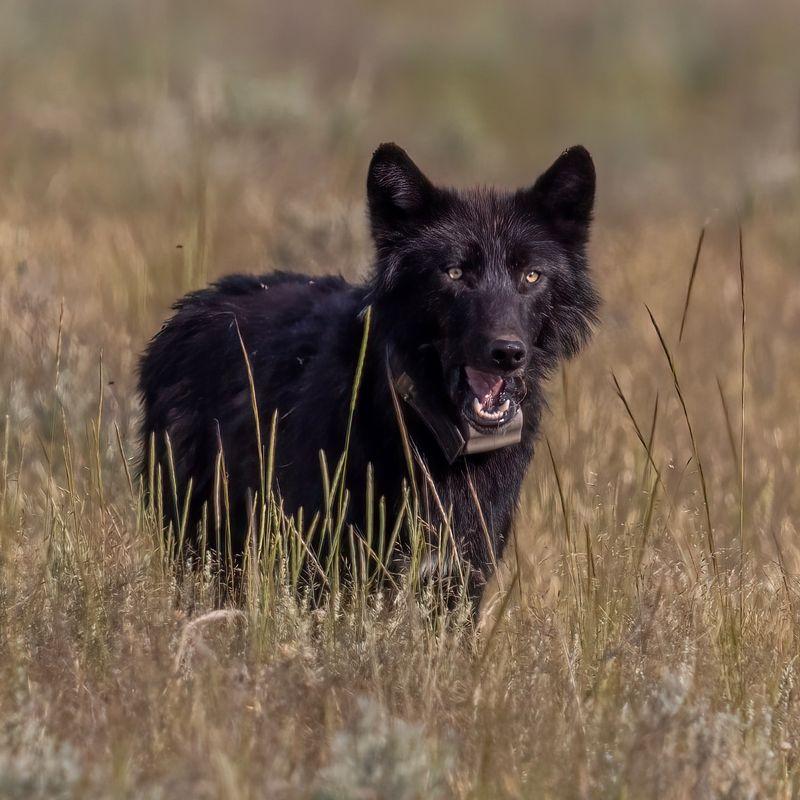
The Mackenzie Valley Wolf, also known as the Canadian Timber Wolf, hails from the northern reaches of Canada. Known for its impressive size, this wolf can weigh up to 175 pounds, making it one of the largest wolves in the world. With a thick fur coat that helps it endure the harsh Canadian winters, these wolves are built for survival.
In the wild, the Mackenzie Valley Wolf is a formidable hunter, often found roaming the open tundras and forested areas in packs. Their social structure is fascinating, with complex hierarchies that keep the pack functioning smoothly. Observing them in their natural habitat is a breathtaking experience.
For those adventurous enough, a trip to the remote regions of Canada might reward you with a sighting of these incredible creatures. Whether you’re a wildlife photographer or simply a nature enthusiast, the Mackenzie Valley Wolf is sure to leave a lasting impression with its sheer presence and regal demeanor.
3. Eurasian Wolf
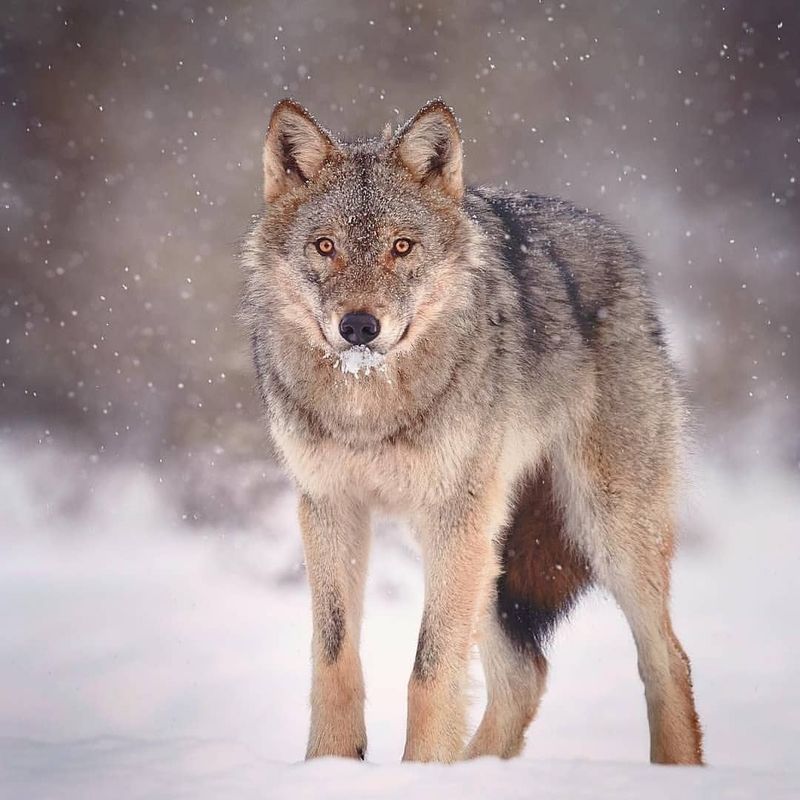
Eurasian Wolves are truly the epitome of resilience, thriving across diverse landscapes from Western Europe to the Asian steppes. These wolves are known for their adaptability and can survive in various habitats, including woodlands, grasslands, and even semi-deserts.
Weighing in at around 130 pounds, the Eurasian Wolf might not be the largest, but it certainly packs a punch. With their keen senses and strategic hunting skills, they are adept predators capable of taking down prey much larger than themselves. Their beautiful, often greyish coats provide excellent camouflage, blending seamlessly with their surroundings.
Spotting a Eurasian Wolf requires keen eyes and a bit of luck, as they are masters at avoiding human contact. But for those patient and persistent, the forests of Eastern Europe offer the best chance to witness these graceful animals in action. Their haunting howl and mysterious allure make them a captivating subject for any wildlife enthusiast.
4. Arctic Wolf
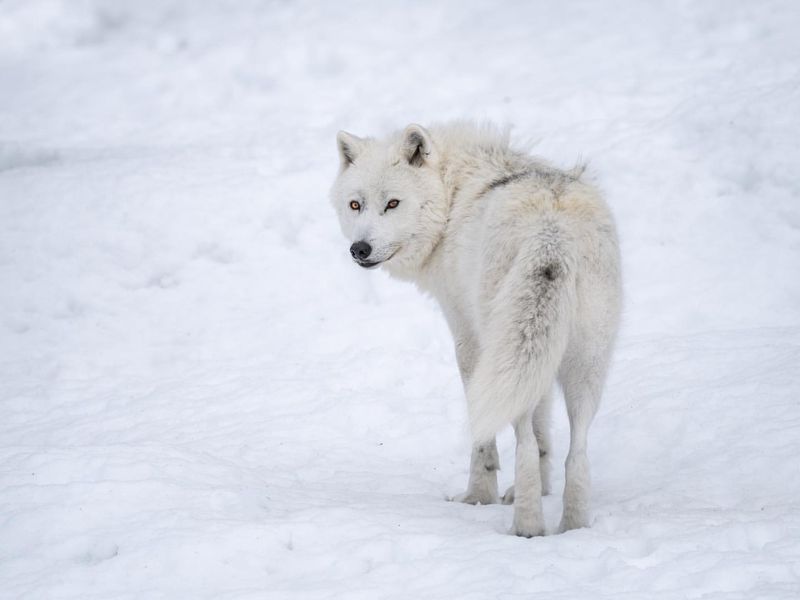
The Arctic Wolf is a creature of pure wonder, flourishing in one of the most inhospitable environments on Earth. Native to the Arctic Circle, these wolves are built to withstand extreme cold, with their thick white fur serving as an excellent insulator.
Weighing between 70 to 125 pounds, the Arctic Wolf may not be the bulkiest, but it is certainly one of the most fascinating. Its striking blue eyes and pure white coat make it a standout against the icy landscape. These wolves have adapted to life where food is scarce, often traveling vast distances to hunt.
To see an Arctic Wolf in the wild is a rare gift, as they inhabit regions far from human civilization. Adventurers looking to catch a glimpse of these elusive creatures can try visiting the northernmost parts of Canada or Greenland. The Arctic Wolf embodies the spirit of the wild, surviving and thriving in a world of ice and snow.
5. Alaskan Interior Wolf
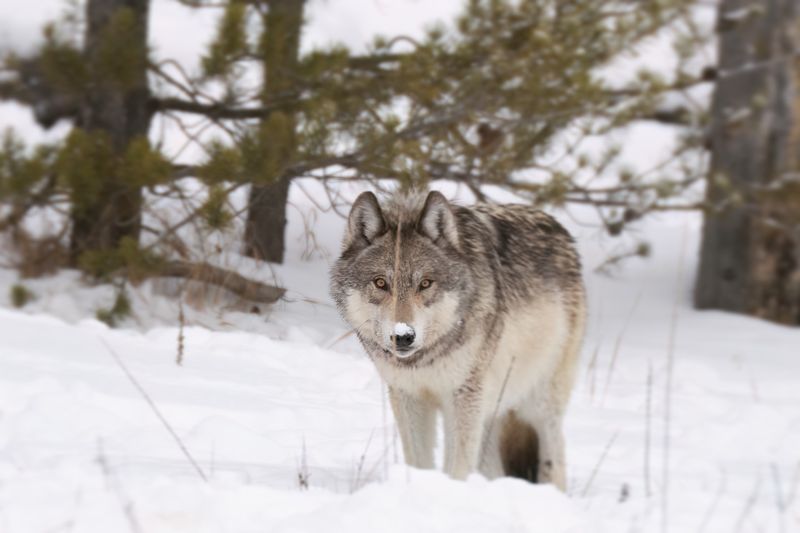
The Alaskan Interior Wolf is a true testament to the rugged beauty of the northern wilderness. Found primarily in the interior regions of Alaska, these wolves are known for their robust size and strength. Weighing up to 145 pounds, they are well-equipped to endure the challenging conditions of their environment.
Their dense fur coats provide excellent insulation against the cold, while their powerful legs enable them to travel long distances in search of food. These wolves often hunt in packs, displaying remarkable teamwork and strategy, making them formidable predators.
Exploring the wilds of Alaska might offer an opportunity to observe the Alaskan Interior Wolf in its natural habitat. With its commanding presence and tenacious spirit, encountering this wolf in the wild is a thrilling experience, leaving adventurers in awe of nature’s resilience and beauty.
6. Ethiopian Wolf
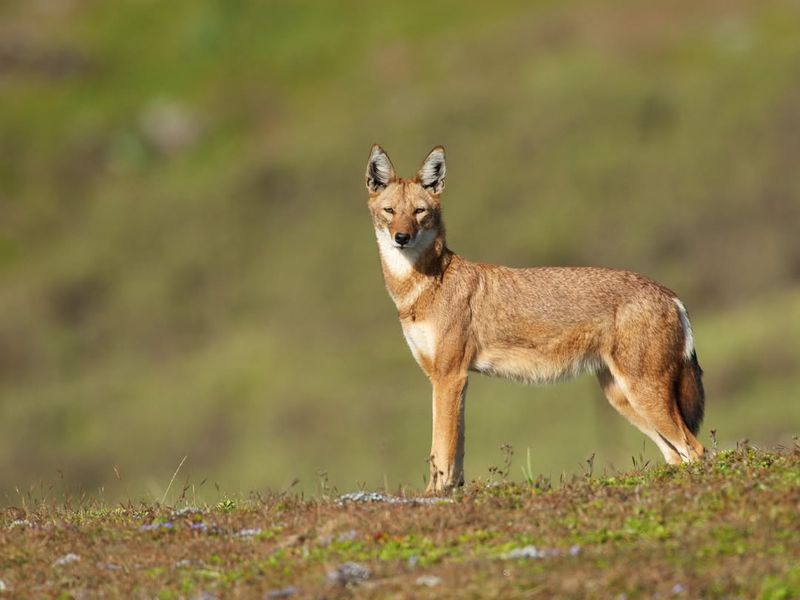
Venturing to the highlands of Ethiopia, one encounters the Ethiopian Wolf, an enchanting species renowned for its striking reddish fur and slender build. Though not the largest, it is the most endangered and unique among wolf populations.
These wolves weigh around 33 pounds, making them significantly smaller, but their adaptation to high-altitude environments is astonishing. Living in packs, they exhibit fascinating social behaviors, communicating through a series of vocalizations.
Finding the Ethiopian Wolf requires a trek to Ethiopia’s Bale Mountains, where they roam the Afro-alpine regions. Their survival story is one of both triumph and struggle, as they face threats from habitat loss and disease. Witnessing these rare creatures is a reminder of the delicate balance of ecosystems and the importance of conservation efforts.
7. Tundra Wolf
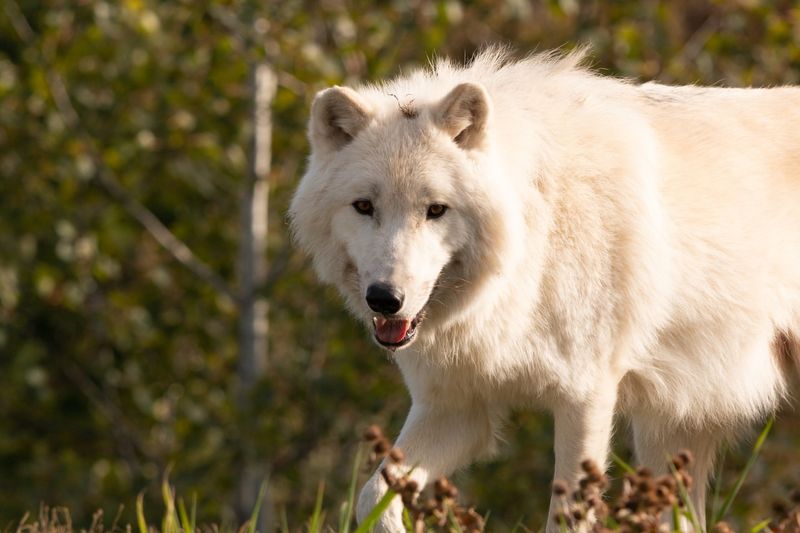
The Tundra Wolf, native to the open expanses of Northern Russia, is a marvel of adaptation and survival. These wolves are built for the harsh climates of the tundra, with thick fur coats that provide insulation against freezing temperatures.
Weighing between 100 and 125 pounds, the Tundra Wolf is a formidable creature, often traveling in packs across the vast, snowy landscapes. Their fur, a mix of greys and whites, allows them to blend seamlessly into their surroundings, stalking prey with stealth and precision.
Adventurers seeking a glimpse of the Tundra Wolf will need to brave the remote regions of Russia. Their haunting howls echo across the tundra, a sound both eerie and captivating. Observing these wolves in their natural habitat is an unforgettable experience, showcasing the raw beauty of the wild.
8. Great Plains Wolf
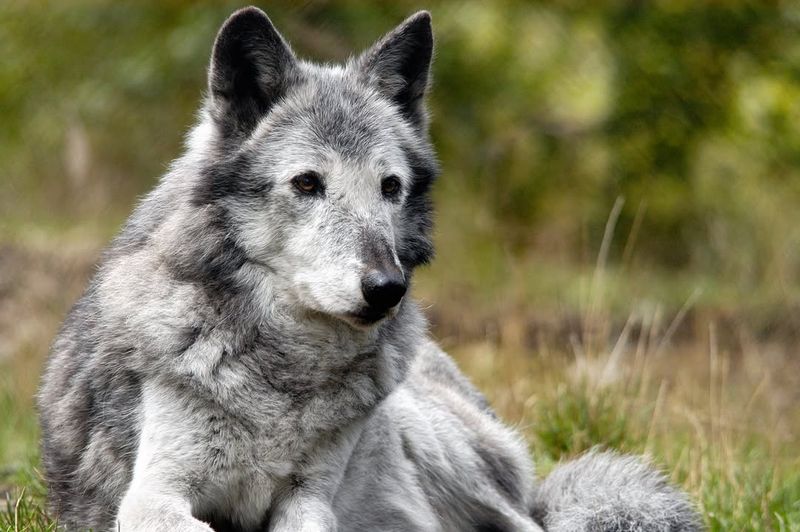
Roaming the vast prairies and grasslands of North America, the Great Plains Wolf is a symbol of the untamed wilderness. Known for their adaptability, these wolves have historically been found across a wide range of habitats.
Weighing between 85 to 100 pounds, the Great Plains Wolf is not the largest by size but stands out for its resilience and adaptability. Their fur, a mix of greys and browns, helps them blend into the grassy landscapes, making them effective predators.
Finding a Great Plains Wolf may require a journey through the open plains and forests of the United States and Canada. For wildlife enthusiasts and photographers, capturing the spirit of these wolves in the wild offers a glimpse into the intricate balance of nature and the role wolves play in maintaining healthy ecosystems.
9. Red Wolf
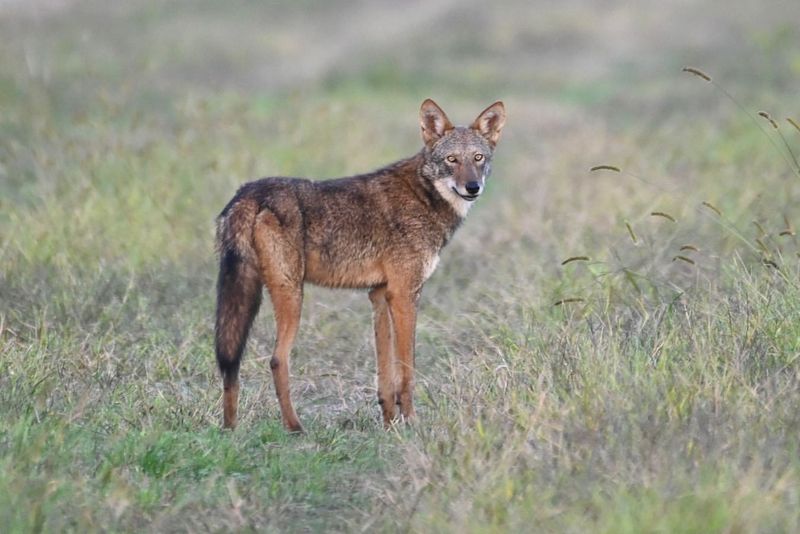
The Red Wolf, with its distinctive reddish coat, is a rare and remarkable sight. Native to the southeastern United States, these wolves are smaller in size, weighing between 45 and 80 pounds, but they carry an allure that’s hard to ignore.
Unfortunately, the Red Wolf is one of the most endangered wolf species, with efforts ongoing to reintroduce them into the wild. Their survival story is a testament to conservation efforts and the delicate balance of ecosystems.
For those wishing to see a Red Wolf, the best places are the protected areas and wildlife reserves in North Carolina. Witnessing these wolves in their natural habitat is a rare privilege, providing insight into their unique behaviors and the challenges they face in the modern world.
10. Indian Wolf
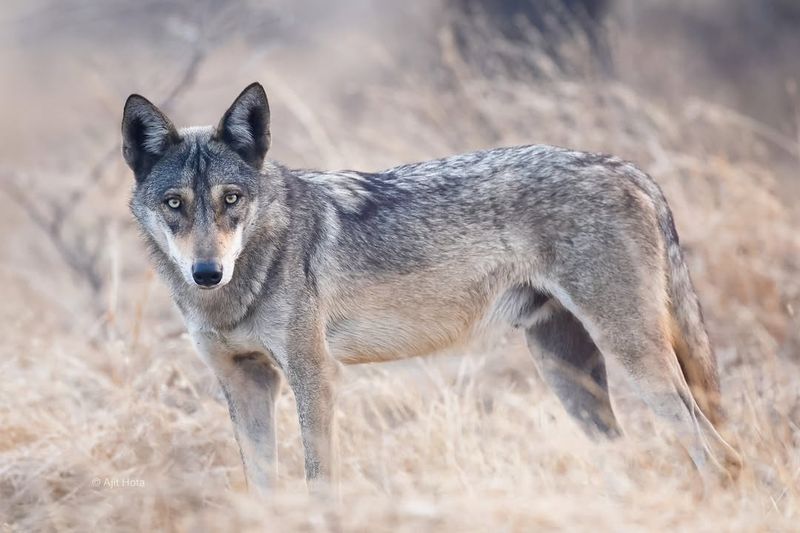
The Indian Wolf, a subspecies native to the Indian Subcontinent, is an example of incredible adaptation to arid environments. Sleek and agile, these wolves are smaller, weighing between 40 to 60 pounds, but they make up for it with their keen intelligence and resourcefulness.
Found in various habitats, from grasslands to semi-deserts, the Indian Wolf has adapted to survive in areas with scarce water and prey. Their social structure and hunting tactics are finely tuned to the demands of their environment.
Spotting an Indian Wolf requires a visit to the open grasslands of India, where they roam in small packs. Observing their unique behaviors and interactions offers a fascinating glimpse into the survival strategies of wolves living in one of the world’s most challenging environments.
11. Mexican Wolf
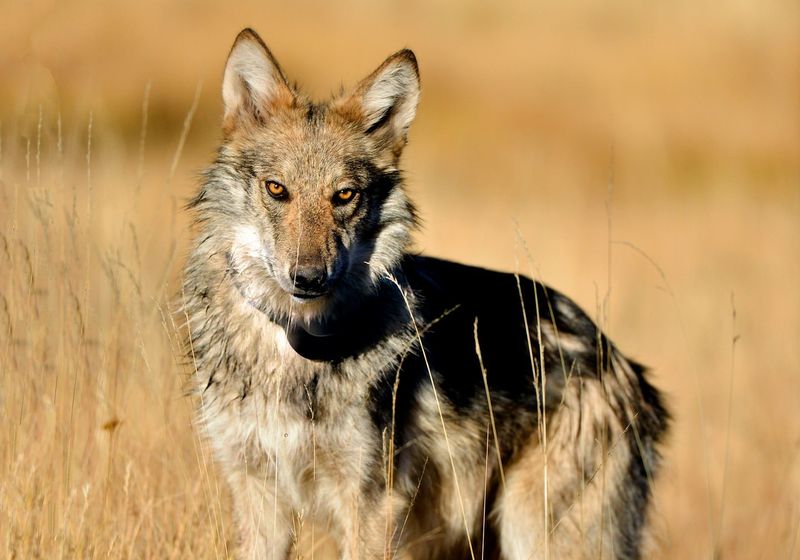
The Mexican Wolf, also known as “El Lobo,” is a beacon of hope in the world of endangered species. Native to the mountainous regions of Mexico and the southwestern United States, these wolves are part of a significant conservation success story.
Weighing around 50 to 80 pounds, the Mexican Wolf is the smallest subspecies of the Grey Wolf in North America. Their fur, a mix of browns and greys, provides camouflage in their rugged, mountainous habitat, assisting them in hunting and survival.
Efforts to reintroduce the Mexican Wolf to its natural habitat have been met with both challenges and triumphs. Witnessing these wolves in the wild, particularly in protected areas of Arizona and New Mexico, is an inspiring experience, highlighting the dedication to preserving our planet’s biodiversity.
12. Himalayan Wolf
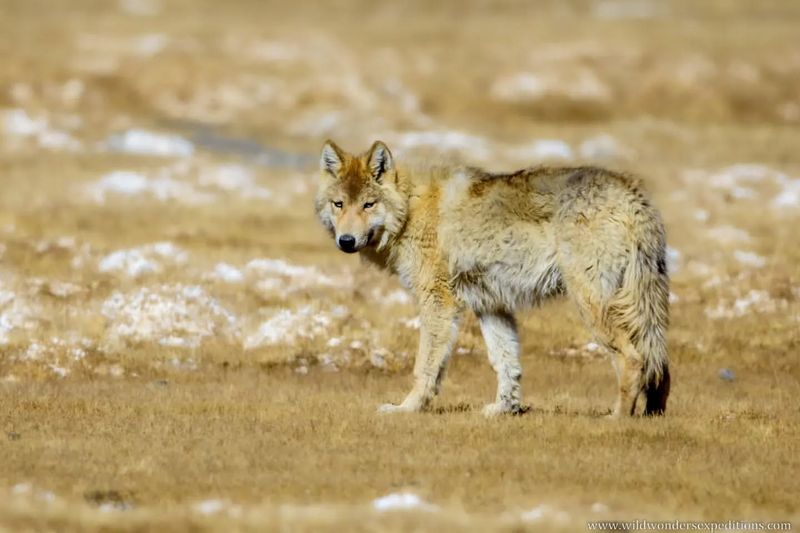
The Himalayan Wolf, a rare and elusive creature, roams the highest altitudes of the Himalayas. Known for its unique genetic makeup, this wolf is a subject of great interest in the scientific community.
These wolves are smaller, weighing between 55 to 75 pounds, but their endurance and ability to survive in extreme conditions are remarkable. Their thick fur and robust physiology are perfectly suited for life in the cold, oxygen-poor environments of the mountains.
To catch a glimpse of the Himalayan Wolf, one must venture into the remote regions of Nepal or Tibet. Their presence amidst the stunning landscapes of the Himalayas offers a profound reminder of nature’s resilience and the wonders that still exist in the wild.
13. Dingo
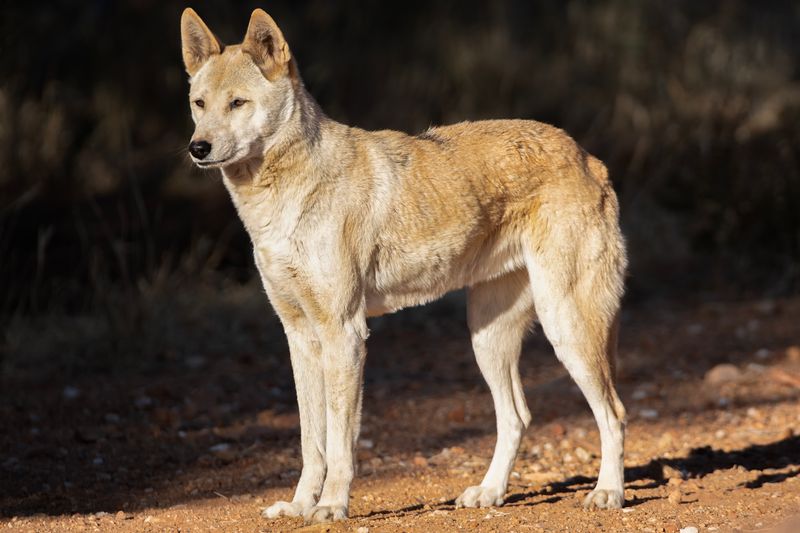
The Dingo, often debated as a wild dog or wolf, is an iconic figure of the Australian wilderness. Known for its cunning and adaptability, the Dingo has carved out a niche in the diverse ecosystems of Australia.
Weighing between 30 to 50 pounds, Dingoes are smaller than typical wolves but possess remarkable agility and intelligence. Their sandy-colored coats help them blend into the arid landscapes, making them efficient hunters.
Exploring the remote outback or national parks of Australia is the best way to encounter a Dingo in its natural habitat. Their enigmatic nature and role in the ecosystem continue to fascinate researchers and wildlife enthusiasts alike, offering insights into the complex dynamics of the wild.
14. Gray Wolf
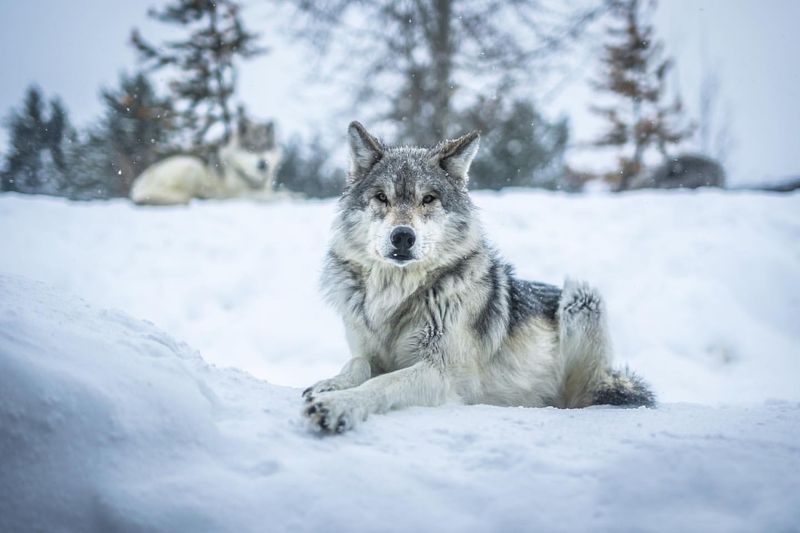
The Gray Wolf, also known as the Timber Wolf, is perhaps the most iconic of all wolf species. Found across North America, Europe, and Asia, these wolves are known for their intelligence, social structures, and adaptability.
Weighing up to 145 pounds, the Gray Wolf is a formidable predator, often hunting in packs with remarkable coordination. Their fur, which varies from grey to brown, provides excellent camouflage in diverse environments.
Witnessing a Gray Wolf in the wild is an exhilarating experience. From the forests of Minnesota to the steppes of Mongolia, these wolves represent the untamed spirit of the wild. Their presence in ecosystems plays a crucial role in maintaining the balance, highlighting the importance of preserving their habitats.
15. Honshu Wolf
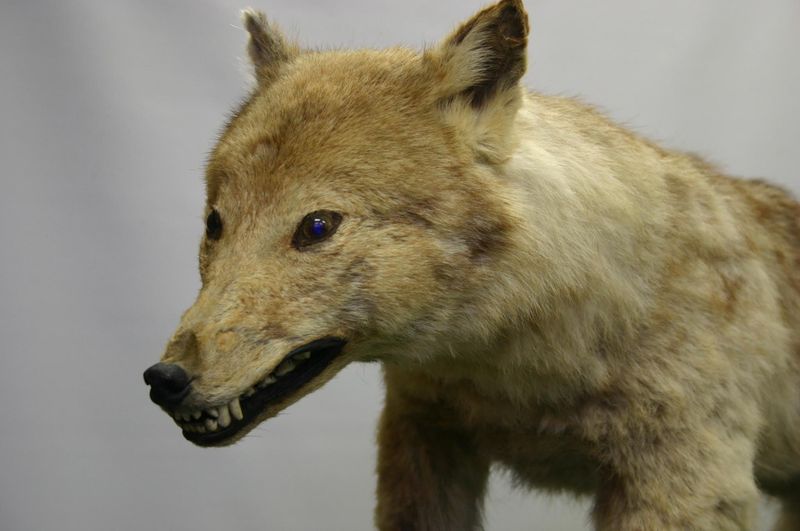
Small in stature but fierce in spirit, the Honshu Wolf roamed the dense forests of Japan. Its grayish coat blended perfectly with the misty mountain surroundings.
Sadly, this wolf is now extinct, but folklore keeps its spirit alive, depicting it as a protective creature.
With its haunting howl echoing through legends, the Honshu Wolf remains a symbol of Japan’s natural heritage. It’s fascinating how this diminutive wolf held such a colossal presence in cultural tales, embodying both fear and reverence.

